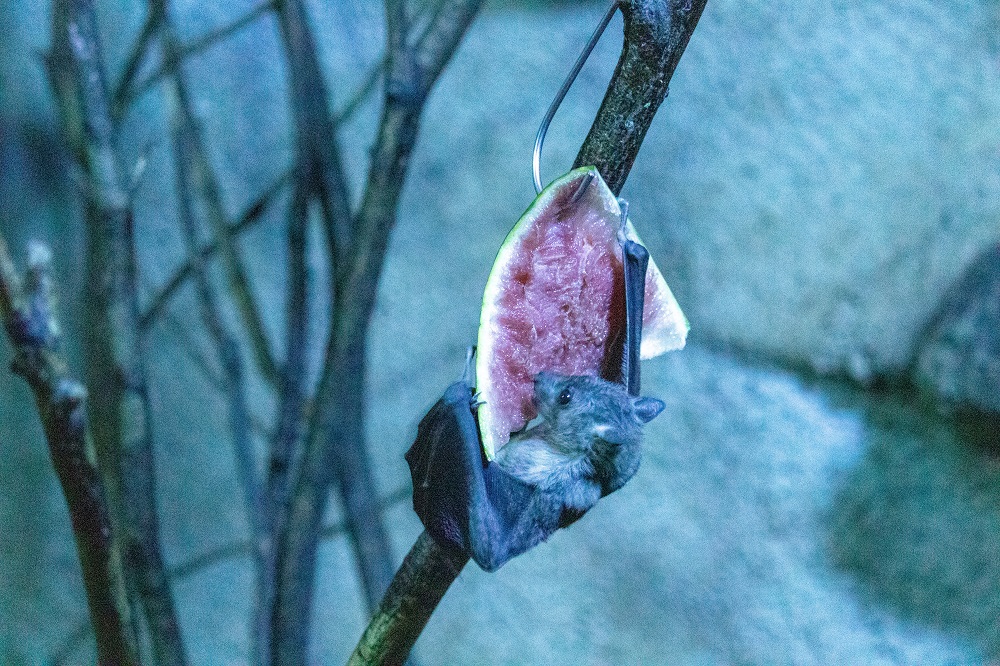New research on Australian fruit bats explains why it has been well-known that deforestation can cause epidemics of diseases including Lyme, Ebola, and malaria.
Due to deforestation, bats now reside closer to people. This gives them access to food that is plentiful but also less nutritious than what they would find in the wild, thereby weakening their immune systems.
The paper, published in Nature on November 16, provides data spanning 25 years on land-use changes, bat behavior, and the spread of the Hendra virus from Pteropodid bats to horses in subtropical Australia.
“These data show that bats are responding to environmental change by persistently adopting behaviors that were previously transient responses to nutritional stress,” explains the study, which was conducted by a group of researchers led by the University of New South Wales in Sydney, Australia.
How viruses can spread from bats to people
According to the study, farm and domestic animals are more frequently exposed to bat diseases, which can then infect people.
“Deforestation, forest fragmentation, and habitat fragmentation, as well as agricultural development and irrigation, as well as urbanization and suburbanization,” were common kinds of land use change associated with disease transmission.
“Interactions between land-use change and climate now lead to persistent bat residency in agricultural areas, where periodic food shortages drive clusters of spillovers,” the study explains.
The study focused on the Hendra virus, which in 1994 infected a stablehand, killed a horse trainer, and more than a dozen horses. According to an article about the new research in The New York Times, health experts were able to link the virus to fruit bats’ lack of habitat.
“It’s just an exceptional piece of work,” said a disease ecologist at the University of Chicago, Sara Brook. “We actually have a rigorous, quantitative example of how land-use change impacts habitat for a wildlife species and accelerates zoonotic risk. And I think I think that’s really important for conservation arguments.”
The solution seems simple enough. Dr. Raina Plowright, an infectious disease ecologist at Cornell University and senior author of both studies, suggests “replanting winter-blooming species might help draw bats away from farms, protecting horses — and humans — from the virus.”
More Reading: Researchers detail how SARS-CoV-2-related virus in Laos bats can infect humans




